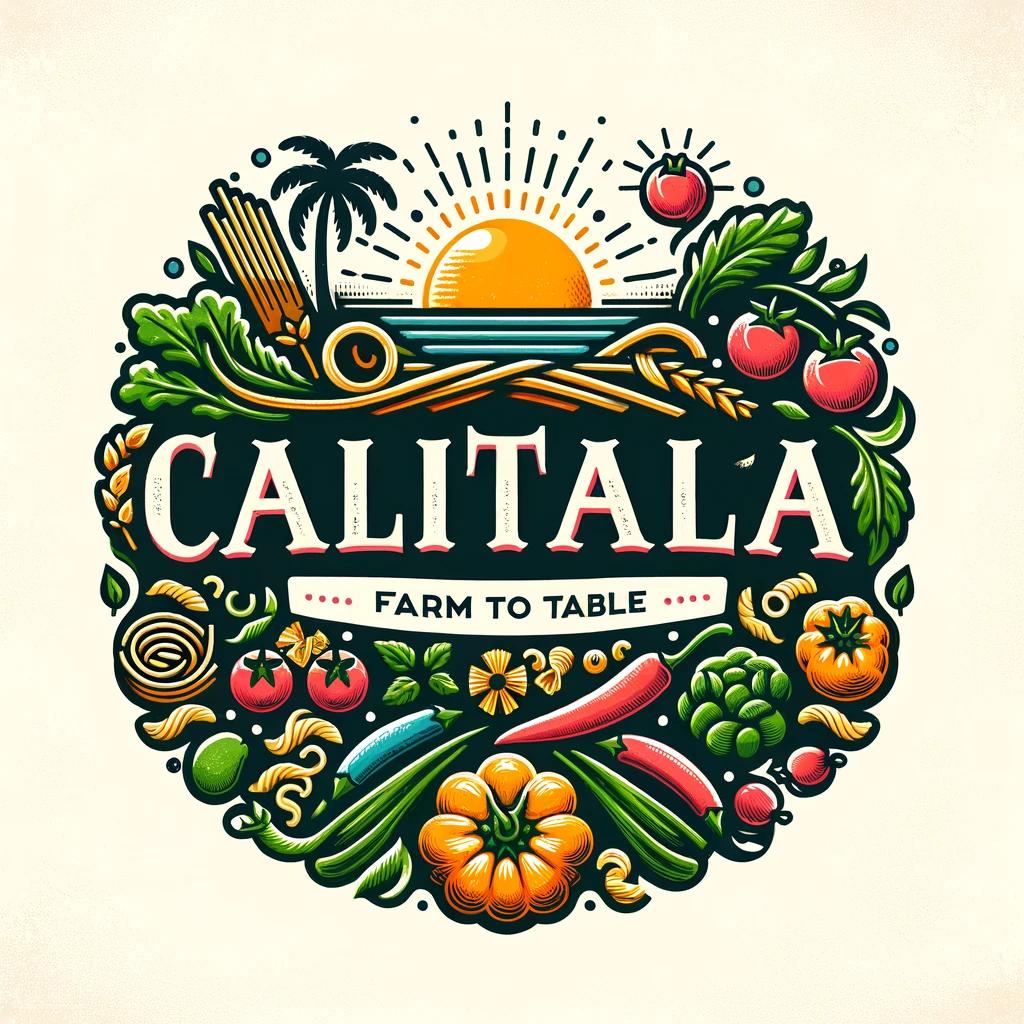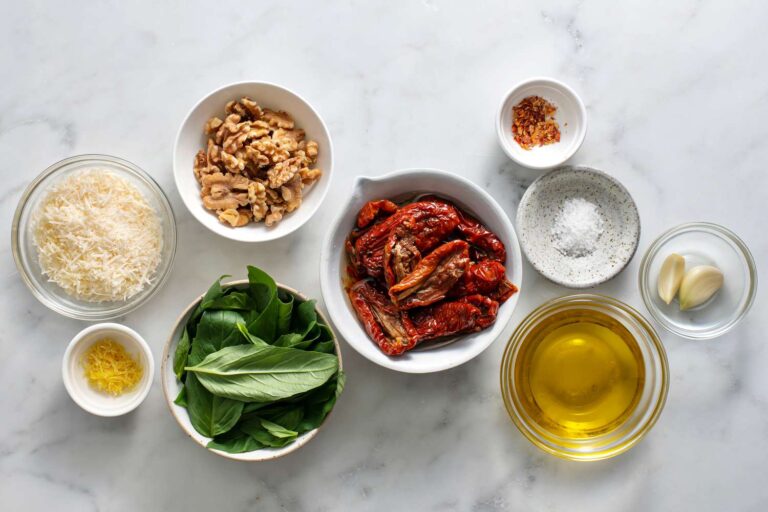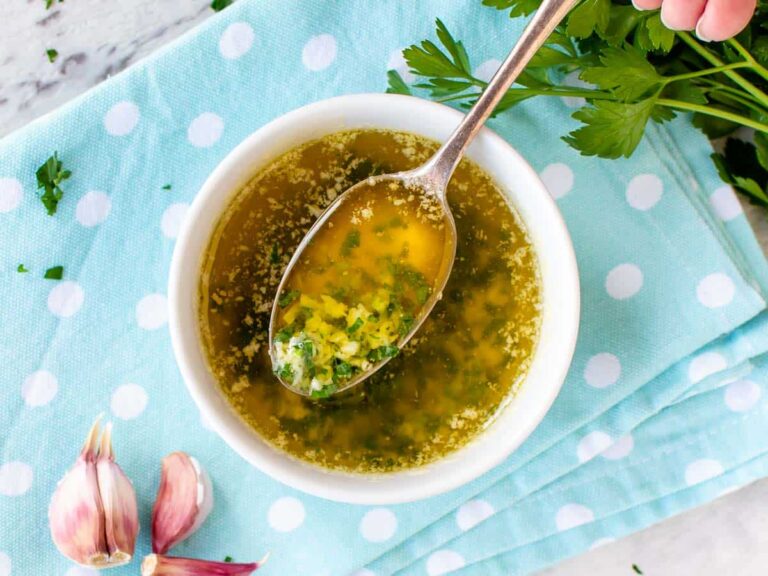Pistachio pesto is a delightful variation of the traditional basil pesto, offering a unique and rich flavor profile. The quality of pistachios used significantly impacts the taste and texture of the pesto. This guide about the best Pistachios for Pesto will help you navigate the world of pistachios, ensuring you select the best ones for your culinary creations.
Types of Pistachios
Understanding the different types of pistachios available in the market is the first step in selecting the best pistachios for your pesto. The two main types you’ll come across are Iranian and American pistachios.
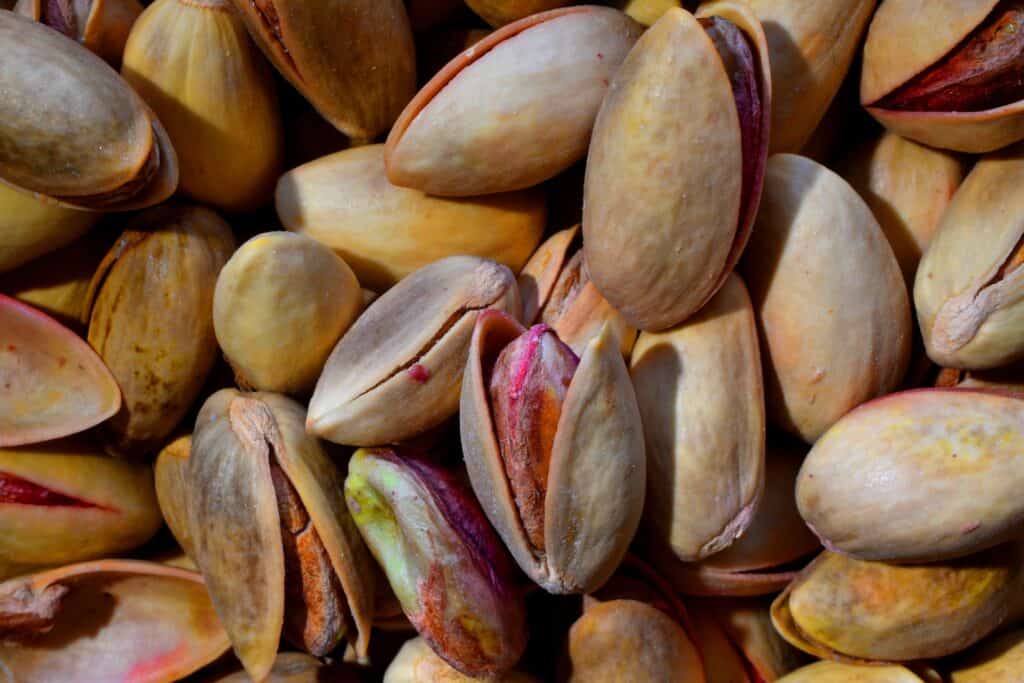
Iranian Pistachios
Iranian pistachios are renowned for their superior quality and rich flavor. They come in various forms, including:
- Kaleh Ghoochi (Jumbo Pistachios): Known for their large size and robust flavor, these are perfect for making a creamy and rich pesto.
- Akbari: These are longer and larger with a more elongated shape, providing a slightly sweet and buttery taste.
- Fandoghi (Round Pistachios): These are smaller and rounder but pack a punch with their intense flavor, making them a great choice for a bold pesto.
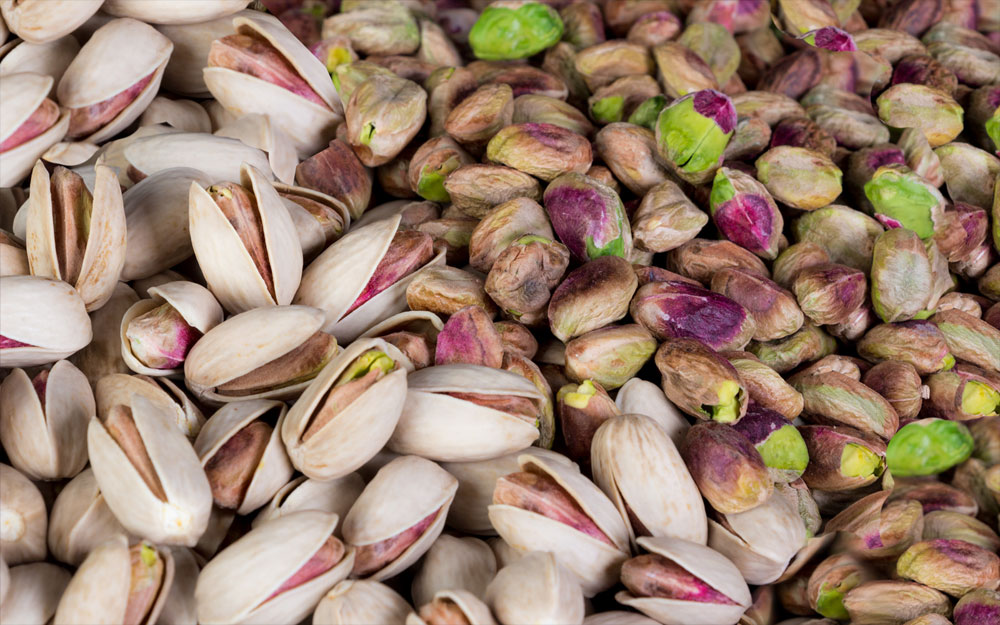
Iranian pistachios are often considered the gold standard due to their high oil content and distinct taste. They are typically sun-dried, which enhances their natural flavors. The traditional farming techniques used in Iran contribute to the unique quality of these pistachios, often regarded as the best in the world.
American Pistachios
American pistachios, predominantly grown in California, are also highly regarded. The primary varieties include:
- Kerman: The most common variety, known for its uniform size and balanced flavor. These are widely used and easily accessible.
- Golden Hills: A newer variety with a unique flavor profile that is slightly sweeter and creamier.
- Lost Hills: Another recent addition, these pistachios are prized for their large size and rich taste.
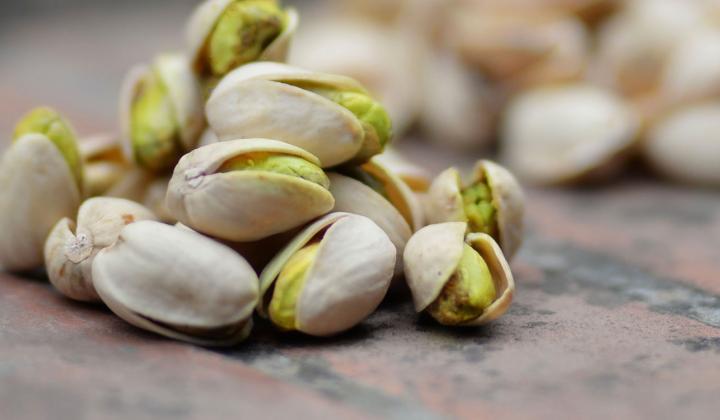
American pistachios are processed using modern techniques that ensure consistency and quality. They are often roasted and salted, which can add an extra layer of flavor to your pesto. The technological advancements in American agriculture ensure that the pistachios are processed and packaged to maintain optimal freshness and flavor.
Quality Indicators
Choosing the best pistachios for pesto requires attention to specific quality indicators. Freshness and whether the pistachios are organic are crucial factors.
Freshness
Freshness is paramount when selecting pistachios for pesto. Fresh pistachios have a bright green color and a slightly sweet, nutty aroma. Here are some tips to ensure you get the freshest pistachios:

- Check the Packaging Date: Always check the packaging date and choose pistachios that are as close to the packing date as possible.
- Smell: Fresh pistachios should have a mild, nutty smell. Avoid pistachios with a rancid or musty odor.
- Taste Test: If possible, taste a few pistachios before purchasing. They should be crunchy and have a sweet, nutty flavor.
Freshness affects not only the taste but also the nutritional value of the pistachios. Fresh pistachios retain more of their natural oils and nutrients, contributing to a healthier and more flavorful pesto.
Organic vs. Non-Organic
Choosing between organic and non-organic pistachios can impact the flavor and health benefits of your pesto. Organic pistachios are grown without synthetic pesticides and fertilizers, making them a healthier choice. Here are some points to consider:
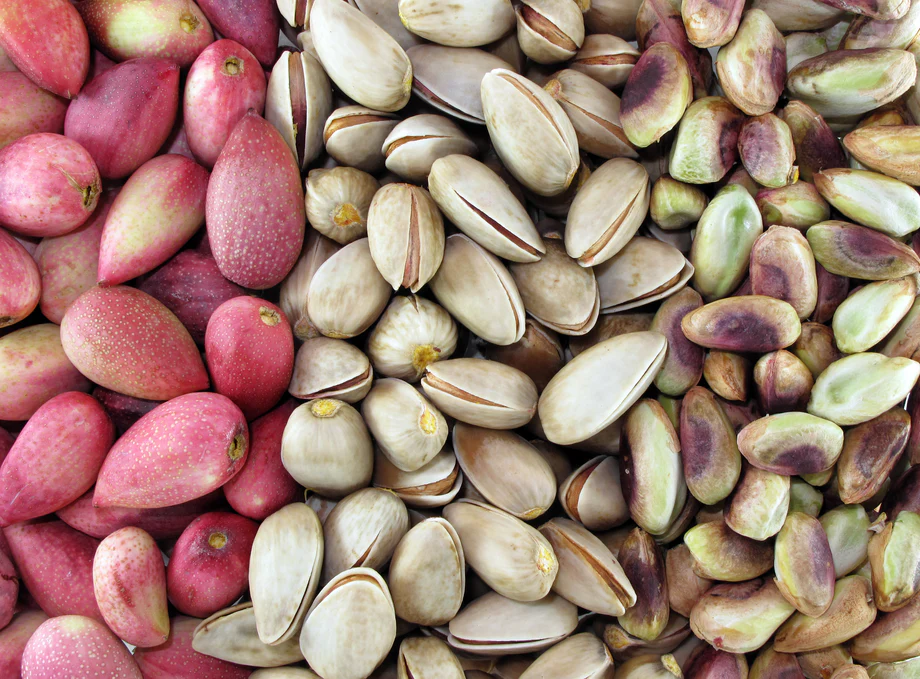
- Health Benefits: Organic pistachios are free from harmful chemicals and are generally considered healthier.
- Flavor: Many people believe organic pistachios have a more natural and richer flavor.
- Price: Organic pistachios tend to be more expensive due to the more rigorous growing standards.
When making pesto, the purer the pistachios, the better the end result. Opting for organic can enhance the natural flavors and ensure a healthier dish. Organic farming practices also support environmental sustainability, contributing to a healthier planet.
Where to Buy
Finding high-quality pistachios is essential for making the best pesto. Both online retailers and local markets offer excellent options.
Online Retailers
Online shopping provides convenience and access to a wide range of pistachios. Here are some top online retailers:
- Amazon: Offers a variety of brands and bulk options, with user reviews to guide your choice.
- Nuts.com: Specializes in nuts and provides detailed information about the source and quality of their pistachios.
- Thrive Market: Focuses on organic and non-GMO products, making it a great option for high-quality pistachios.
When buying online, look for reputable retailers that provide detailed product descriptions and customer reviews. This helps ensure you receive fresh and high-quality pistachios. Many online retailers also offer bulk purchasing options, which can be more economical for regular pesto makers.
Local Markets
Local markets and specialty stores are excellent places to find fresh pistachios. Here’s why:
- Farmers Markets: These markets often have vendors selling locally grown, fresh pistachios. You can often taste before you buy.
- Gourmet Grocery Stores: Stores specializing in gourmet foods usually have a good selection of high-quality pistachios.
- Health Food Stores: These stores often stock organic pistachios, offering a healthier option.
Shopping locally allows you to inspect the pistachios firsthand, ensuring you get the freshest and best quality for your pesto. Additionally, supporting local farmers and businesses can have positive economic and environmental impacts.
How to Store Pistachios
Proper storage is crucial to maintaining the freshness and quality of your pistachios. Here are some tips:
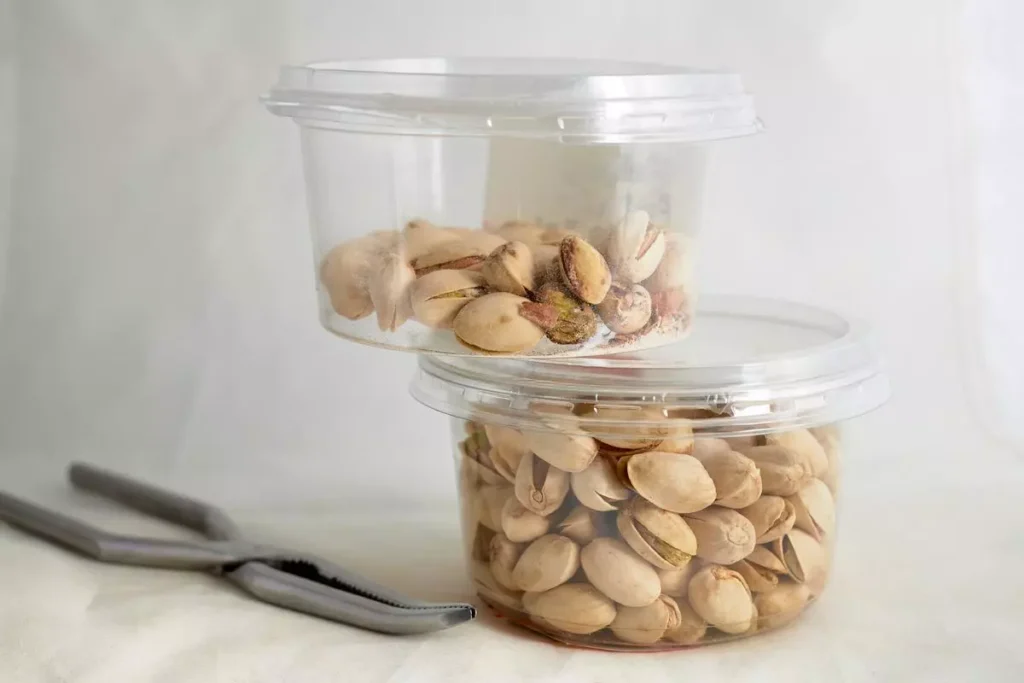
- Airtight Containers: Store pistachios in airtight containers to protect them from moisture and air, which can lead to spoilage.
- Cool, Dark Place: Keep pistachios in a cool, dark place, such as a pantry or cupboard. Avoid exposure to direct sunlight and heat.
- Refrigeration: For long-term storage, consider refrigerating or freezing pistachios. This can significantly extend their shelf life without compromising their flavor.
By following these storage tips, you can ensure that your pistachios remain fresh and flavorful for your next batch of pesto.
Making Pistachio Pesto: A Step-by-Step Guide
Creating a delicious pistachio pesto requires not just the right pistachios but also the right technique. Here’s a simple guide:
Ingredients:
- 1 cup shelled pistachios
- 2 cups fresh basil leaves
- 1/2 cup grated Parmesan cheese
- 2 cloves garlic
- 1/2 cup extra-virgin olive oil
- Salt and pepper to taste
- Juice of 1 lemon (optional)

Instructions:
- Prepare the Pistachios: If using salted pistachios, consider rinsing them under cold water to remove excess salt. Dry them thoroughly.
- Blend Ingredients: In a food processor, combine the pistachios, basil, Parmesan cheese, and garlic. Pulse until finely chopped.
- Add Olive Oil: With the food processor running, slowly drizzle in the olive oil until the mixture is smooth and creamy.
- Season: Season with salt and pepper to taste. Add lemon juice if desired for a tangy twist.
- Store: Transfer the pesto to an airtight container and refrigerate. It can be stored for up to a week.
This pesto can be used in a variety of dishes, from pasta and sandwiches to salads and dips. Experiment with different ingredients and ratios to find your perfect blend.
FAQs
Conclusion
Choosing the best pistachios for pesto involves understanding the types available, recognizing quality indicators, and knowing where to buy them. Whether you opt for the rich and flavorful Iranian pistachios or the reliable American varieties, selecting fresh, high-quality nuts will ensure your pesto is delicious and nutritious. By following this guide, you’ll be well-equipped to create a pistachio pesto that stands out in flavor and quality.
Disclosure: Our blog contains affiliate links to products. We may receive a commission for purchases made through these links. However, this does not impact our reviews and comparisons. We try our best to keep things fair and balanced, in order to help you make the best choice for you.
